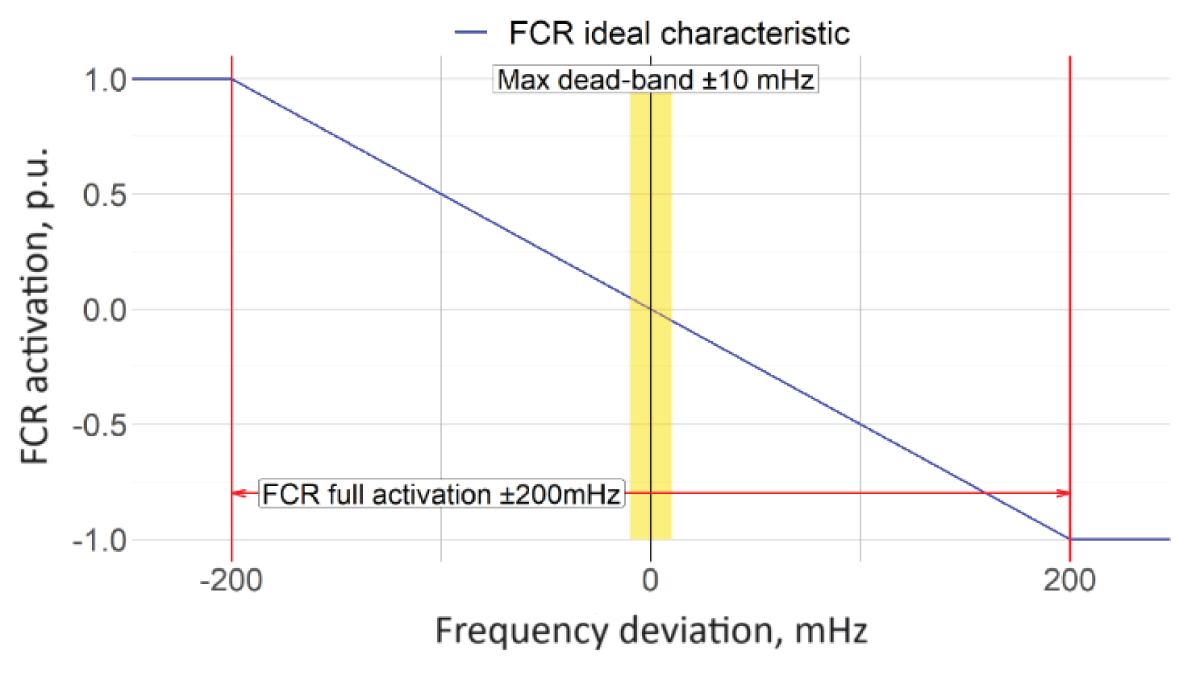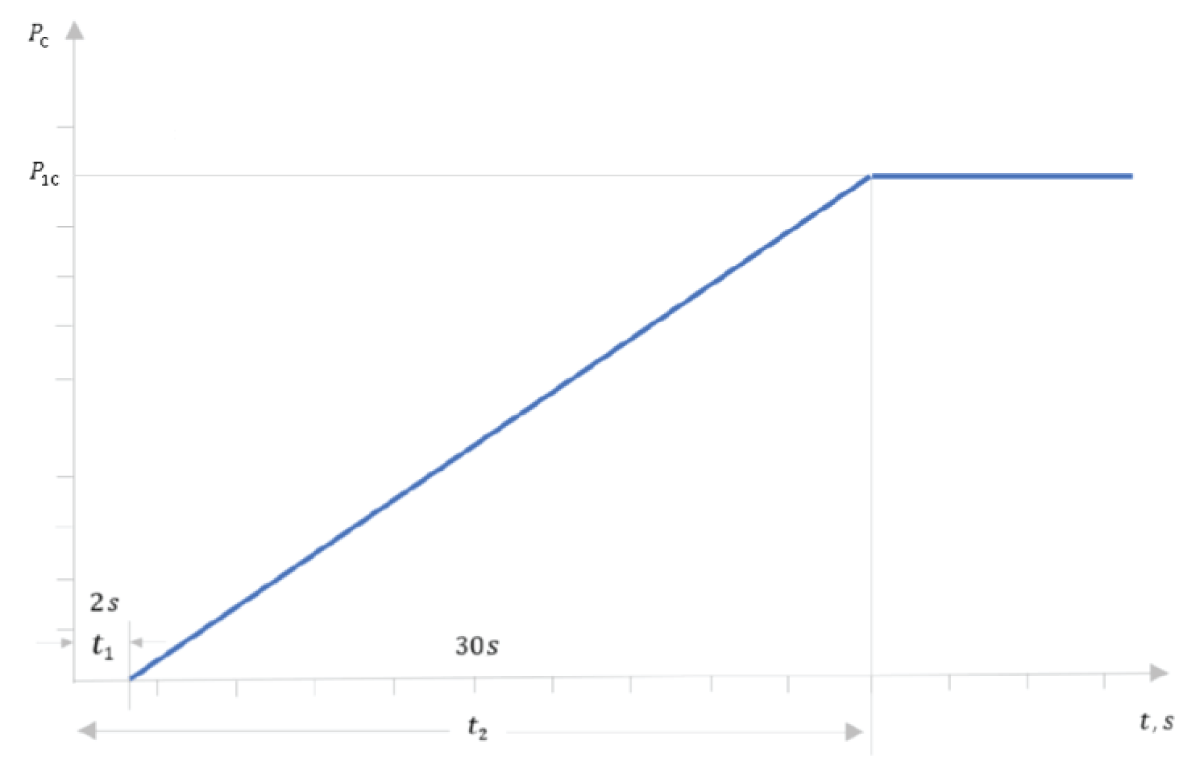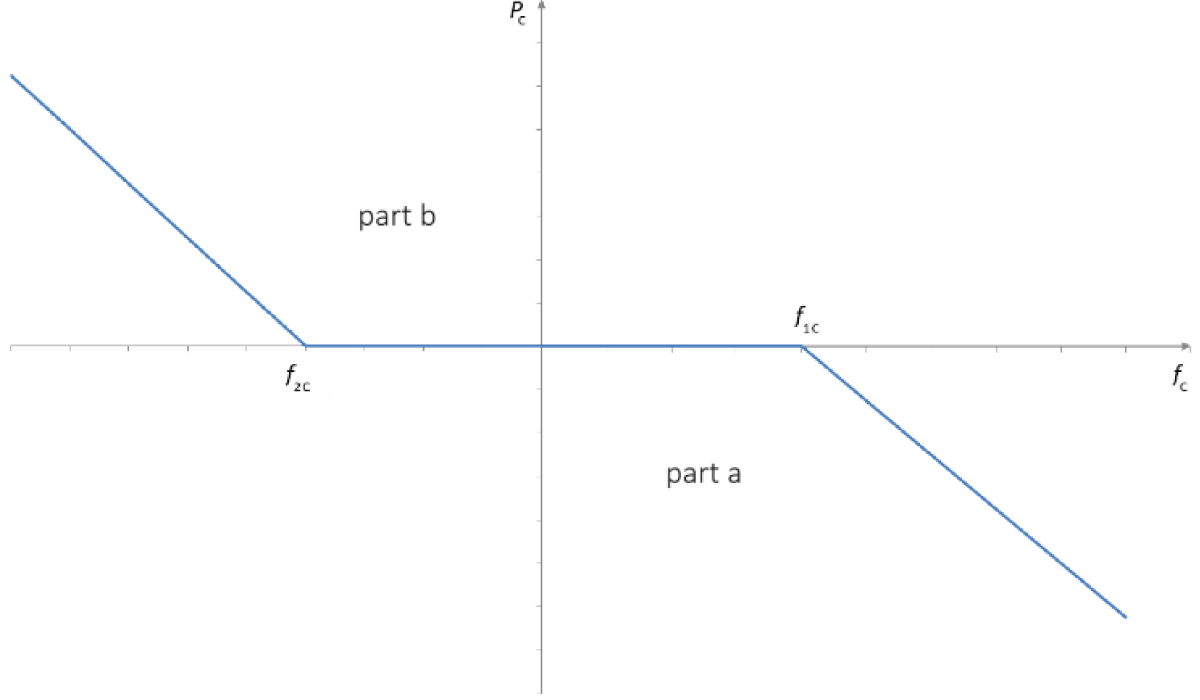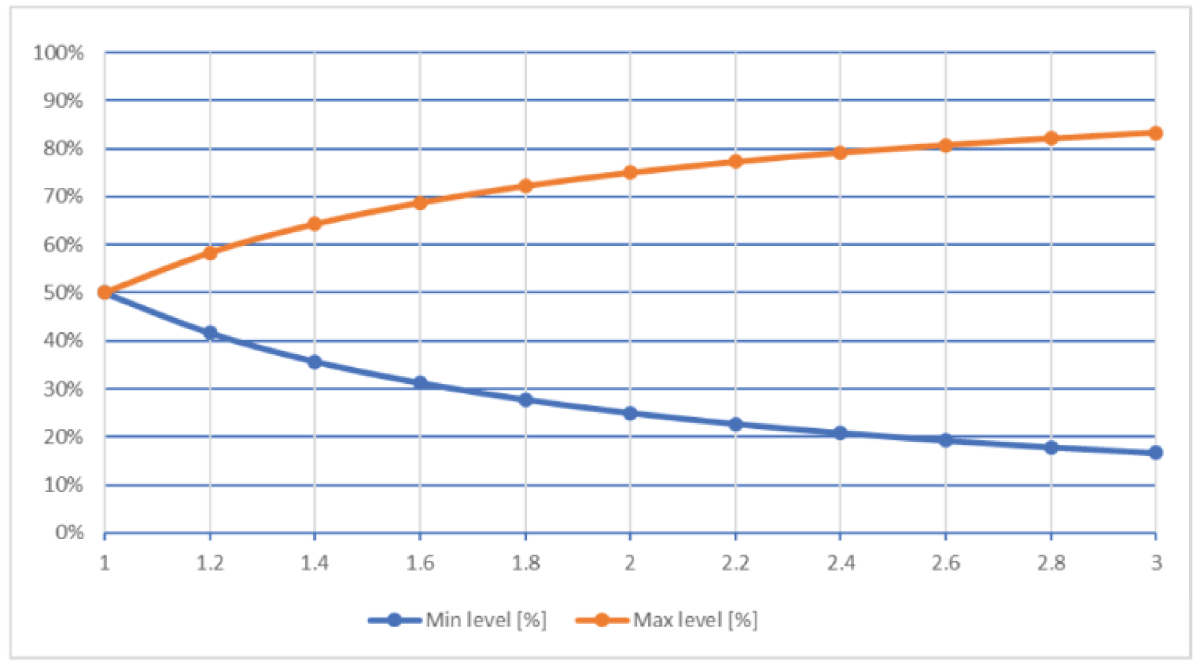要約
The study focuses on investigating the behavior of Electric Power Systems (EPS) during desynchronization from a synchronous area, its stability in island mode operation, and its synchronization with Continental Europe (CE). The primary aim is to ensure and maintain the stability and reliable operation of self–operating individual EPSs by analyzing the technical requirements and prequalification procedures for Frequency Containment Reserves (FCR) and Load Frequency Control (LFC) reserves.
The study employed numerical simulations to analyze the behavior of isolated EPSs after losing a certain amount of active power, to ensure reliable operation and avoid the effects of Under Frequency Load Shedding (UFLS). It examined the technical requirements for LFC reserve units, such as the ability to remain connected to the network during disturbances and provide necessary support. The research investigated the procedures for prequalifying reserve units to provide FCR and LFC services.
This investigation contributes to ensuring that EPSs operate reliably during desynchronization and that reserve providers meet the necessary technical and operational standards.











